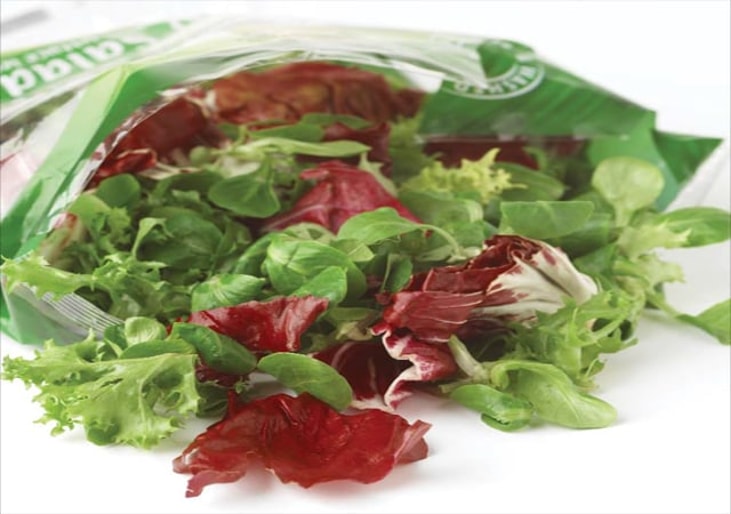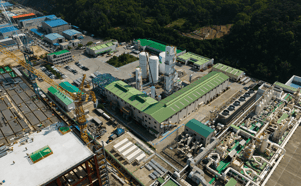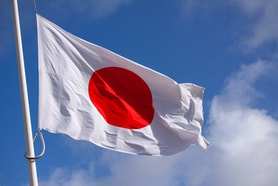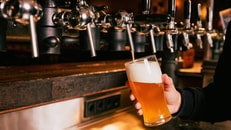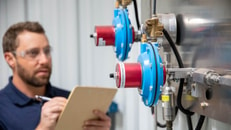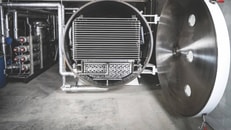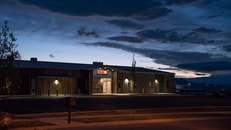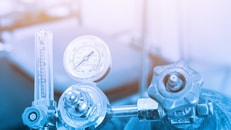Industrial Gases for the Food & Beverage Market
The food and beverage industry has enjoyed the benefits of using industrial gases for more than 45 years. These gases—primarily nitrogen and carbon dioxide—are used to chill, freeze, grind, and package a variety of products, including bakery and dairy items, beverages, fish and seafood, fruits and vegetables, meat and poultry, prepared meals, and more.
In addition to food quality and cost savings benefits, the use of industrial gases in food processing applications can also provide health and safety benefits.
One food processing application that uses industrial gases is Modified Atmosphere Packaging (MAP), which is a preservation technique for minimally processed foods such as fish, meat, and fruits and vegetables. MAP is a process where the breathable atmosphere in a package is replaced with a pure gas, like nitrogen, or a gas mixture to extend the shelf life of food. Because food products spoil in different ways— whether through microbial growth, discoloration, oxidation, or moisture loss—industrial gases can be added into the package to change the composition of the air around the food. This enables food to look, smell, and taste good far longer than it would otherwise. An added benefit of MAP is that food products are protected from outside contamination or tampering by hermetic sealing, where any interference with the packaging would be evident.
In the beverage industry, liquid nitrogen (LIN) can provide costs savings during storage, transportation, and retail display of bottled drinks. For example, LIN dispenser technology enables bottlers to add a metered drop of LIN to a bottle before it is capped. Once the bottle is capped, the small amount of nitrogen rapidly boils into a gas, creating positive internal pressure within the closed container. Bottle rigidity provided by LIN droplets can help reduce costs by allowing processors to use lighter gauge, less expensive polymer materials. In addition, the bottle stiffness allows PET (Polyethylene Terephthalate) bottles to be stacked on top of each other without the worry of bottle collapse. In addition to the practical benefits of LIN droplets, the sound of air being released when opening the bottle conveys a visceral sense of quality and freshness to the consumer.
... to continue reading you must be subscribed

